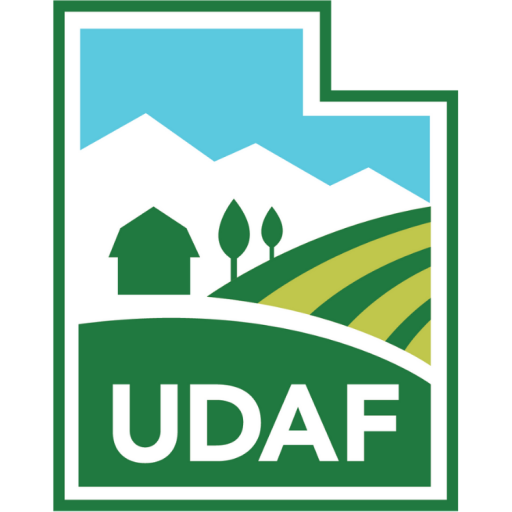PRESCRIPTION OR VFD?
In most cases, it will be easier for both the Veterinarian and the Beekeeper to use a prescription rather than a Veterinarian Feed Directive (VFD). Both prescriptions will still require the veterinarian to make an initial in-person visit to the apiary in question. This allows the veterinarian establish a valid Veterinary Client Patient Relationship (VCPR) with the beekeeper and to confirm the number of hives requiring treatment. Once a valid VCPR is established, subsequent in-person visits to the same apiary are not required and communication with the beekeeper may be done electronically or over the phone. A prescription will be easier than VFD in most instances because the veterinarian can issue the antibiotics directly to the beekeeper without having to go through a licensed feed mill. Please consult this guide to see which formulations can be written as a prescription and which must be written as a VFD.
CRITICAL VETERINARIAN FEED DIRECTIVE INFORMATION
The FDA Veterinary Feed Directive rule (VFD) is now in full effect. It is important for veterinarians to remember that they are liable for ensuring that VFDs are correct and complete. Veterinarians should also ensure that they are only writing VFDs as part of a valid Veterinarian Client Patient Relationship (VCPR) as defined by the state of Utah. Veterinarians should begin familiarizing themselves with the VFD by watching this video:
The full text of the VFD can be found here.
All veterinarians who are planning on writing VFDs should familiarize themselves with these documents:
- Guidelines for extra-label use in minor species
- Guidance for Industry #120
- VCPR rules and statutes for Utah
HONEYBEE BIOLOGY & BEEKEEPING
It is recommended that veterinarians familiarize themselves with honeybee biology and beekeeping by watching the video series below created by the University of Georgia. Veterinarians who want a more sophisticated understanding of honey bees should read “Honeybee Veterinary Medicine: Apis mellifera L.” by Nicolas Vidal-Naquet. Veterinarians can contact the Apiary Program with any questions or requests for assistance at:
(801) 982-2313
UDAF-Insects@utah.gov
SUBMITTING SAMPLES FOR DIAGNOSTIC TESTING
Honey bee samples should be submitted to the Utah Department of Agriculture and Food Entomology Laboratory for diagnostic testing. Please fill out the form below and include it with the sample(s). Sampling instructions are included on the back of the form.
Honey Bee Diagnostic Testing Submission Form
Please mail samples to:




